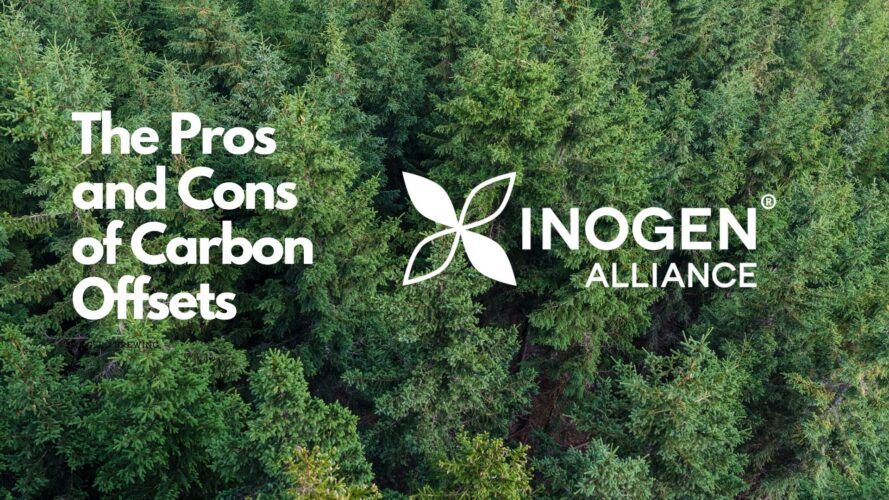Carbon offsets are one strategy in a larger decarbonization plan.
This provides assurances that the environmental benefits purchased by an end-user of a carbon offset contributed to the reduction of GHG emissions that would not have occurred without that financing.
Projects that are issued offset allowances to trade on the voluntary market have to meet the registry’s rules and requirements, follow specific third-party approved methodologies, monitor emission reductions and avoidances, and be validated/verified by third parties.
Carbon offsets have a diverse plethora of project types that can aid a company in not only reducing its emissions but also build a narrative.
Offsets are an easy tool to reduce a company’s emissions and build narrative but must be used properly.
Other strategies such as solar installations, energy efficiencies, and downsizing will generate a return-on-investment over time for companies and should be recommended first or used in tandem with offsets.
The Science-Based-Target Initiatives does not allow offsets to count towards scope 2 targets, and only allows them once operational changes are implemented for scope 1 emissions.
